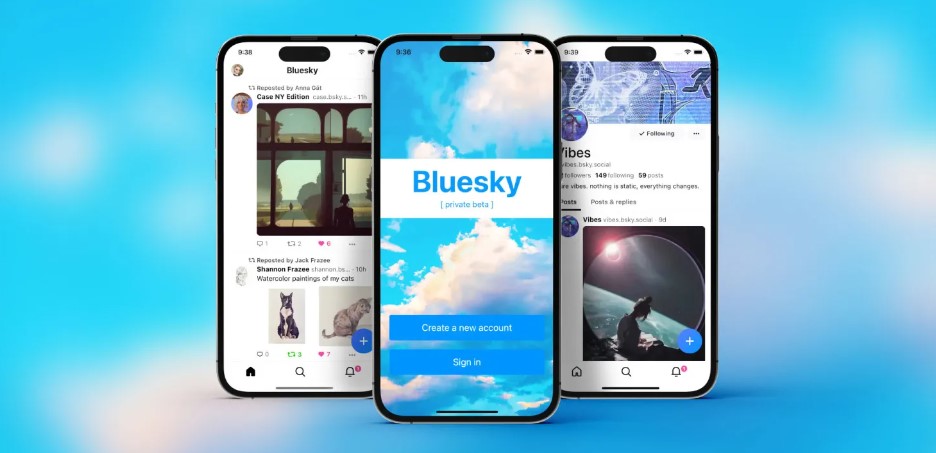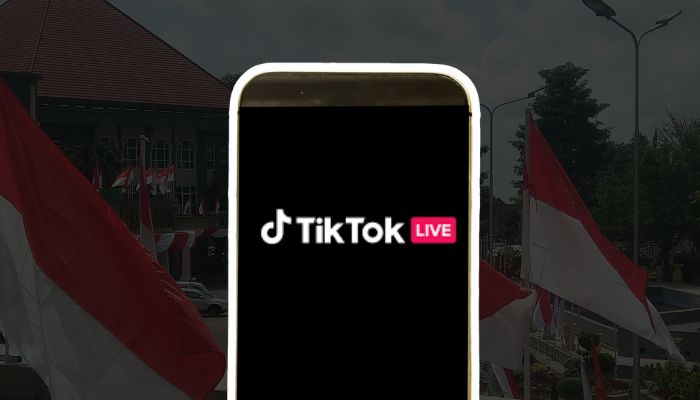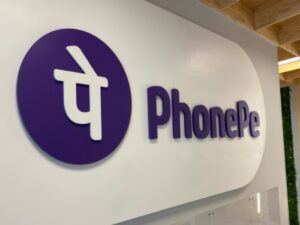Bluesky, a social network, experienced a significant boost in user activity following Elon Musk’s announcement to introduce a monthly fee for X users, the network formerly known as Twitter. Musk’s decision, made during a livestreamed event on September 18, was aimed at countering the issue of bots on X. However, this move didn’t sit well with X users, leading to a surge in Bluesky’s user numbers.
Mashable reported that Bluesky witnessed a record number of new sign-ups, totaling 53,585, by the end of September 19, which accounted for approximately 5% of their overall user base of around 1.13 million accounts. Analytics firm Similarweb corroborated these findings, indicating that Bluesky’s Android app had half a million daily active users on the day of Musk’s announcement, September 18, with a 20.6% increase compared to the previous day. While there isn’t an estimate for iOS usage available yet, Similarweb expects a similar trend.
In the same timeframe, the Bluesky web application observed a substantial increase in its daily visitors, with over 775,000 visitors, marking a 30% rise from the previous day. Moreover, on September 19, it registered more than 1 million daily visitors, nearly matching the numbers from the previous day. Notably, this figure surpassed Bluesky’s user count on July 1, 2023, which stood at 811,000. This previous surge occurred during another X-related controversy when the service had imposed temporary restrictions on the number of tweets users could access, as reported by Similarweb.
The sudden influx of new users had caused Bluesky to temporarily suspend new user registrations as the website struggled to handle the surge in traffic.
Similarweb’s discoveries reveal an intriguing pattern: Bluesky tends to thrive when X encounters difficulties, yet this pattern doesn’t necessarily apply to other potential competitors of Twitter, such as Instagram Threads or Mastodon. For instance, Meta’s new Twitter-like platform recorded 8.3 million daily active users on September 18, a figure that remained relatively consistent with the previous day’s numbers, as identified by the firm. However, it’s important to note that Meta’s platform is still far from its peak usage levels shortly after its initial launch.
Due to its invite-only policy, Bluesky could have experienced even greater user growth this week had it opened its doors to anyone interested in joining. This represents one of several instances where Bluesky missed opportunities to benefit from X’s missteps. These missed chances include the period of Musk’s takeover of Twitter, the upheaval related to the revamped verification system, the recent implementation of rate limits, X’s announcement about discontinuing blocks, and now the news of X’s plan to charge all users.
Bluesky appears to have little interest in capitalizing on these moments to expand its user base, which has recently surpassed 1 million users—a small fraction compared to X’s colossal user base. Elon Musk announced that X boasts 550 million monthly active users, a number significantly larger than Bluesky or its competitors like Threads and Mastodon. Threads, for instance, is estimated to have 135 million global monthly active users, according to data from market intelligence firm data.ai. Mastodon, on the other hand, publicly discloses its monthly active user numbers, which currently stand at 1.7 million.
Despite being the largest among microblogging networks, X might have concerns about its market position following its rebranding. The company recently added “formerly Twitter” to its App Store description in an attempt to improve its search rankings within the App Store. This change replaced the previous tagline “Blaze your glory,” which likely didn’t contribute positively to its rankings.
X experienced a decline in its weekly active users after its rebranding, while installs for Twitter Lite grew. This growth can be attributed to consumer confusion, as people were searching for Twitter and only finding the Lite app designed for emerging markets.
(Source: Sarah Perez | TechCrunch)







